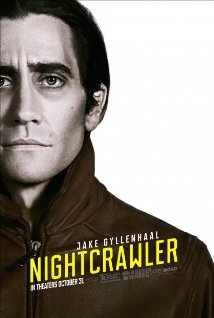 Nightcrawler/2014/Bold Films, Open Road Films/117 min.
Nightcrawler/2014/Bold Films, Open Road Films/117 min.
Writer/director Dan Gilroy’s “Nightcrawler” is a slick, suspenseful neo-noir satire on “if-it-bleeds-it-leads” journalism and the bleak reality of big-city survival.
Jake Gyllenhaal stars as Louis Bloom, a Los Angeles loner whose “resume” is an odd blend of scavenging, thievery and clumsy self-promotion. While selling stolen goods to get by, he eagerly seeks a more upright job. But parroting cheesy memes he’s learned in online business classes to potential employers doesn’t compensate for his blatant dishonesty.
Then his late-night carousing leads him to a potential goldmine and an actual career path. He discovers that he can shoot video of crime scenes and sell it to local TV news stations. His camera might be cheap but he has the requisite ruthlessness and unflagging energy to join the ranks of freelance videographers who race against dawn, on deadline, from one crime scene to the next.
Equally ruthless is Nina Romina (Rene Russo), station manager of KWLA. Sharp-tongued and steely, Nina serves as Louis’ mentor; he helps her spike ratings and protect her job. Louis appears to have a crush on Nina and an awkward pseudo-romance ensues.
Having zero ethics and finding no shortage of wrong-doing around town, Louis has enough work to hire a gopher (Riz Ahmed). As the pressure mounts and the stakes get higher, Louis crosses the line to become what he might call a “hands-on entrepreneur” and what anyone else would call a criminal.
Where the film arguably missteps is in failing to humanize Louis (though maybe that’s not Gilroy’s goal). There’s no descent into craziness – Louis is unhinged from the first scene. Also, the budding “romance” is dropped too soon. It would have added a layer to both of their characters had Gilroy explored that subplot in more detail.
Nevertheless, “Nightcrawler” engages throughout, thanks to fierce performances from Gyllenhaal and Russo, crisp writing and direction from Gilroy and stunning cinematography from Robert Elswit.
“Nightcrawler” opens in theaters today.





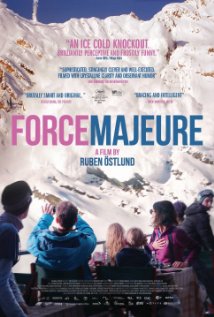
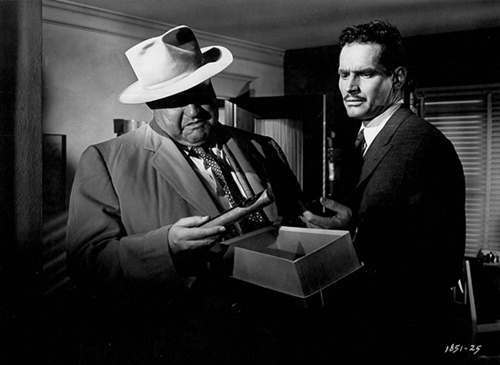
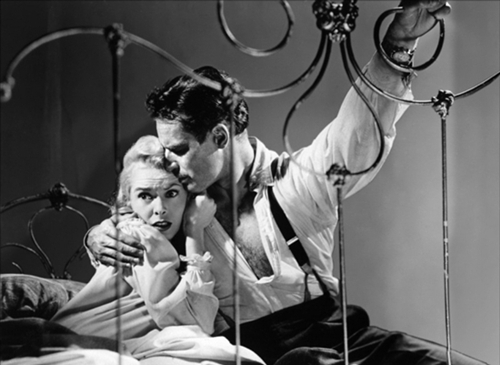
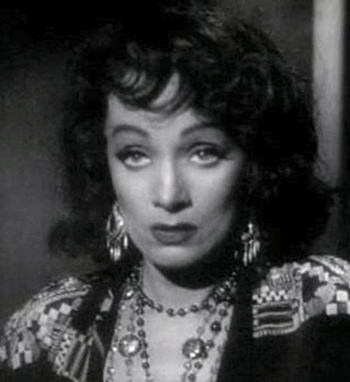
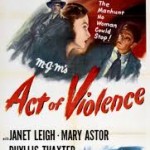
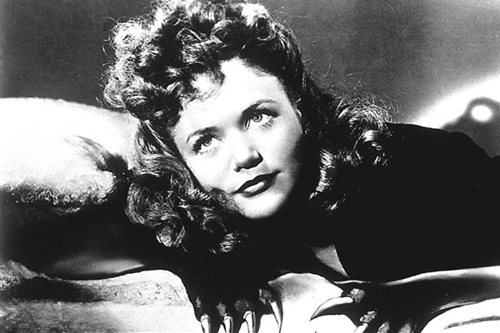
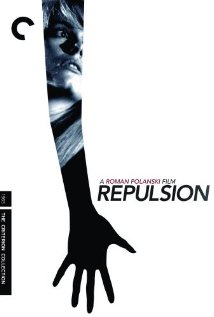
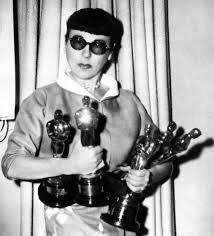
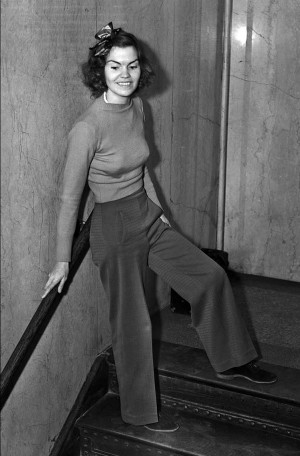
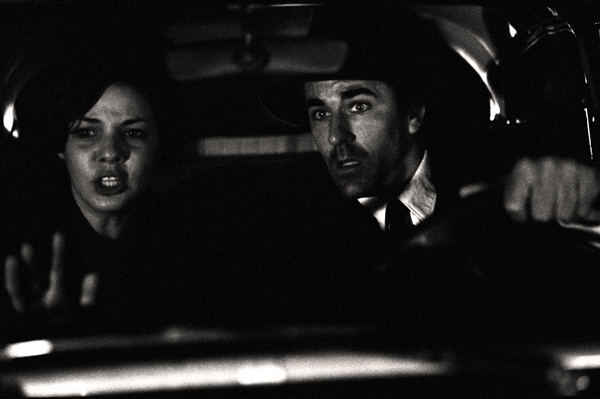
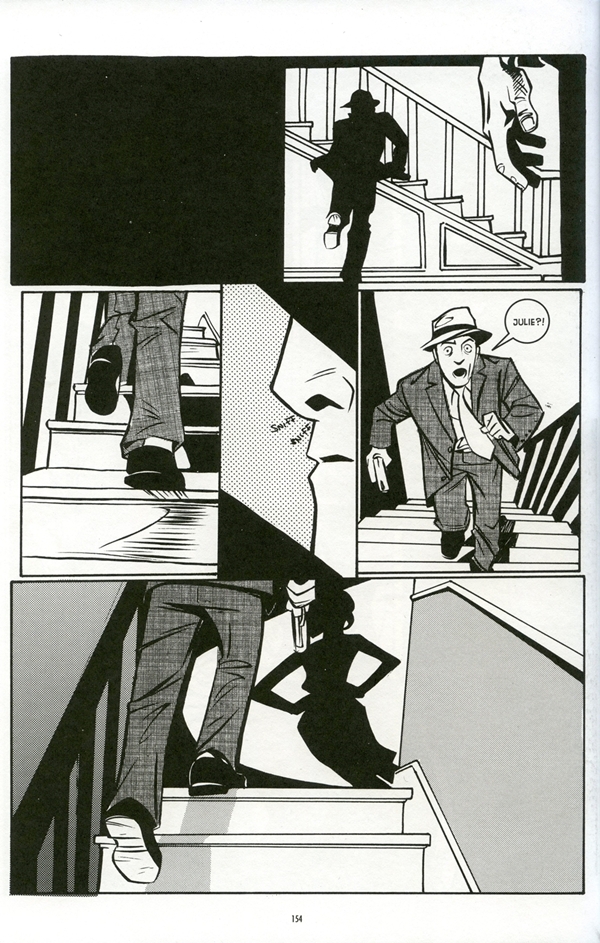

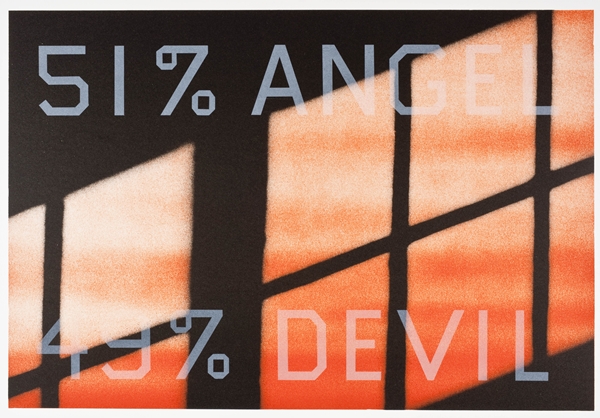
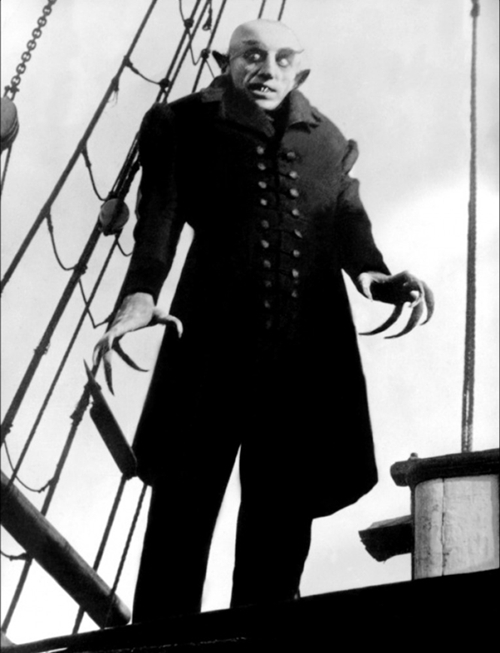
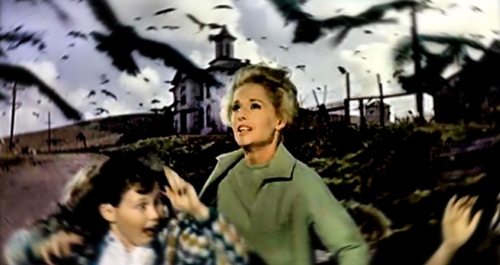
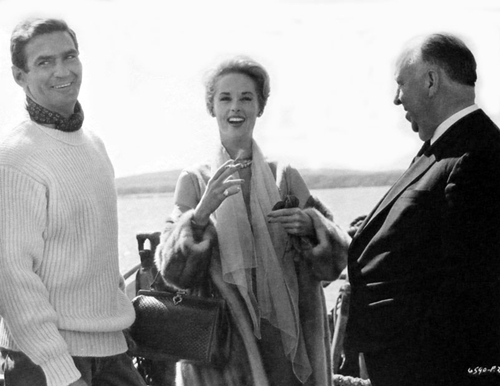
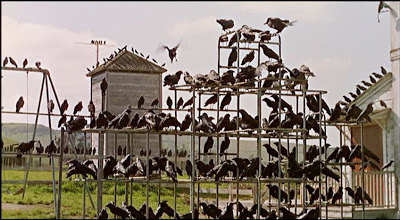
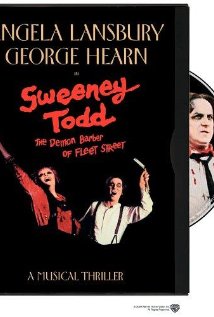
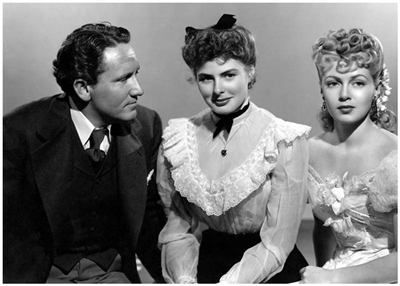
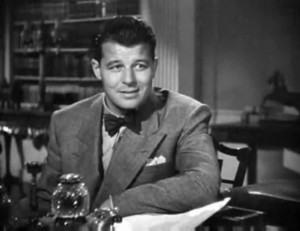
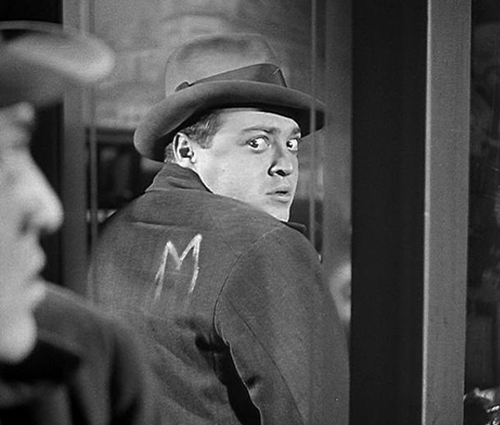
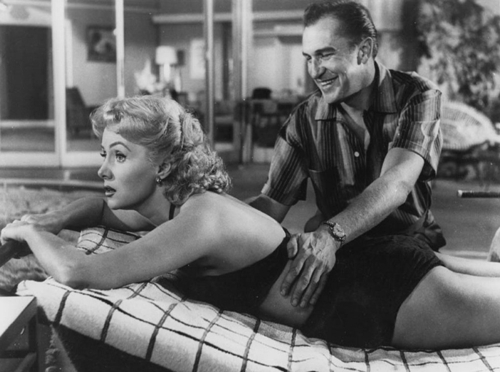
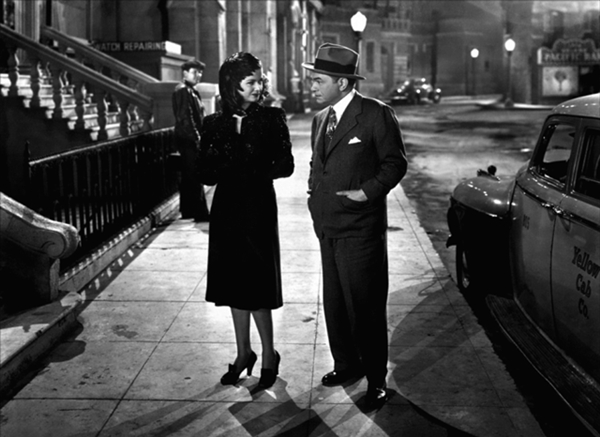
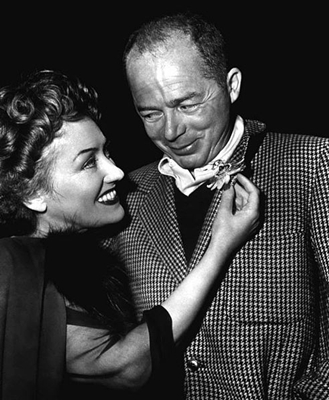
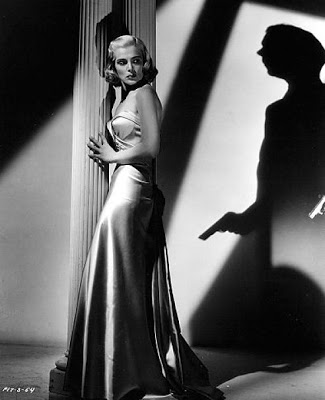
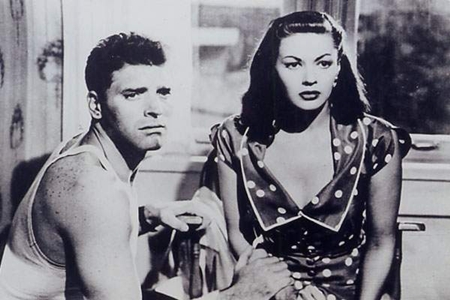
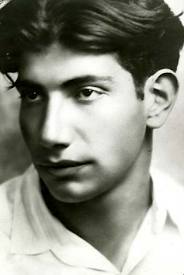
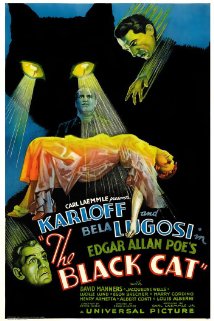
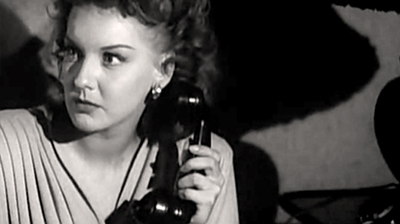
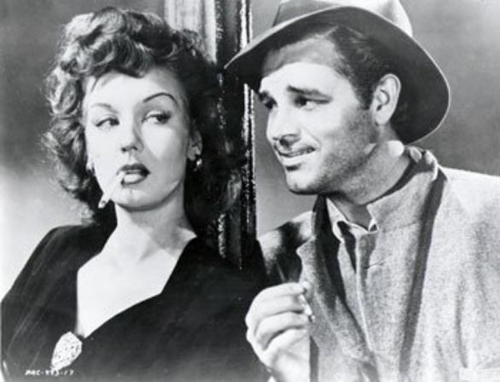
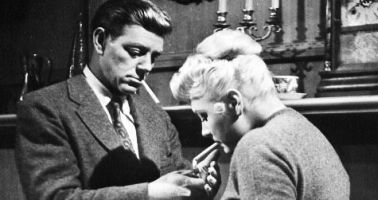
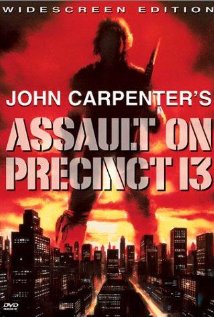





From FNB readers